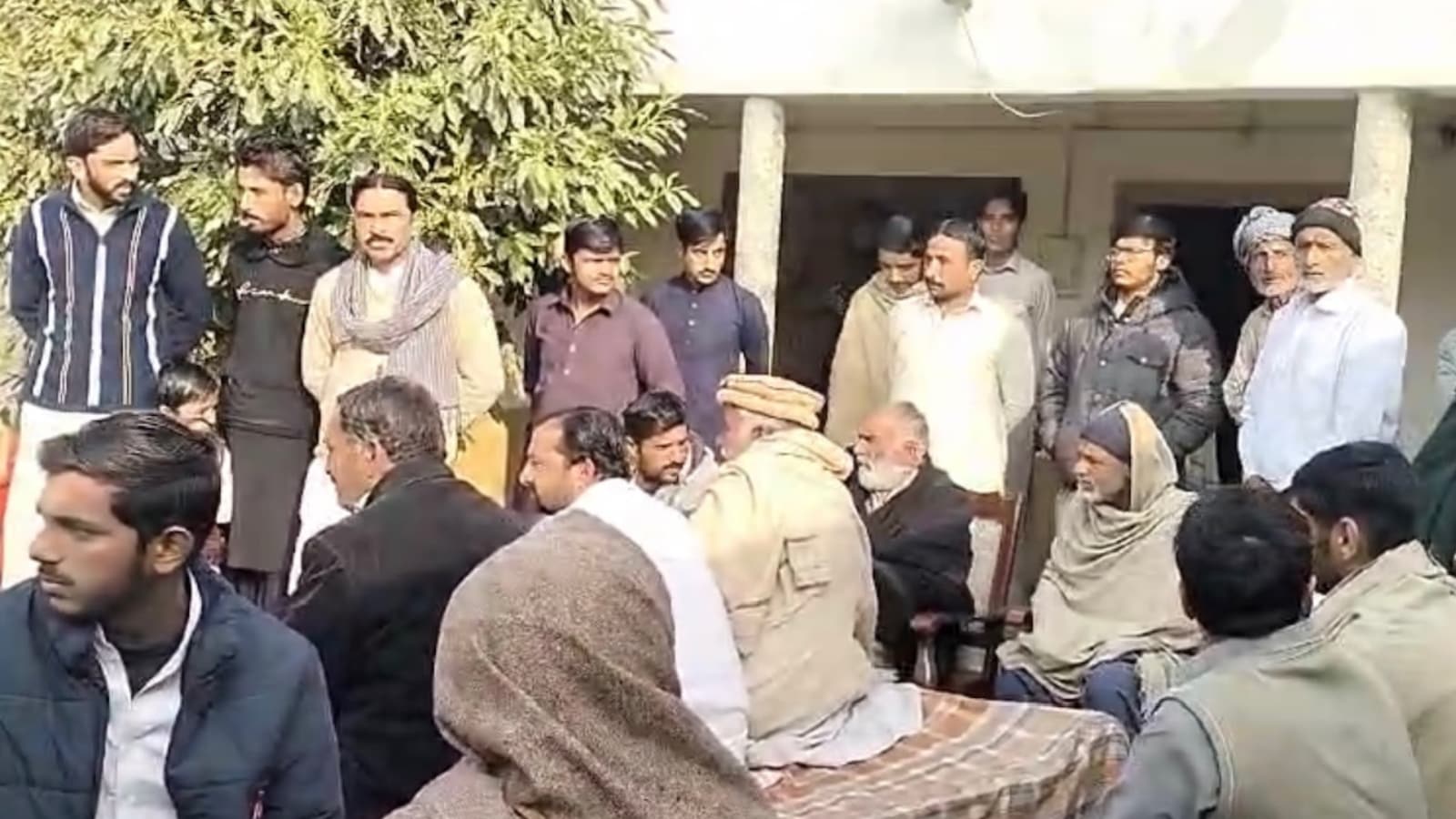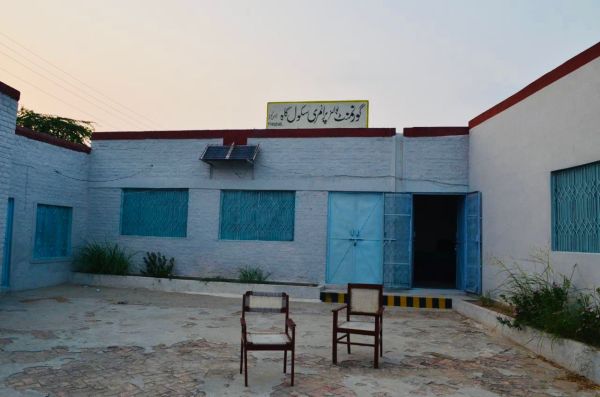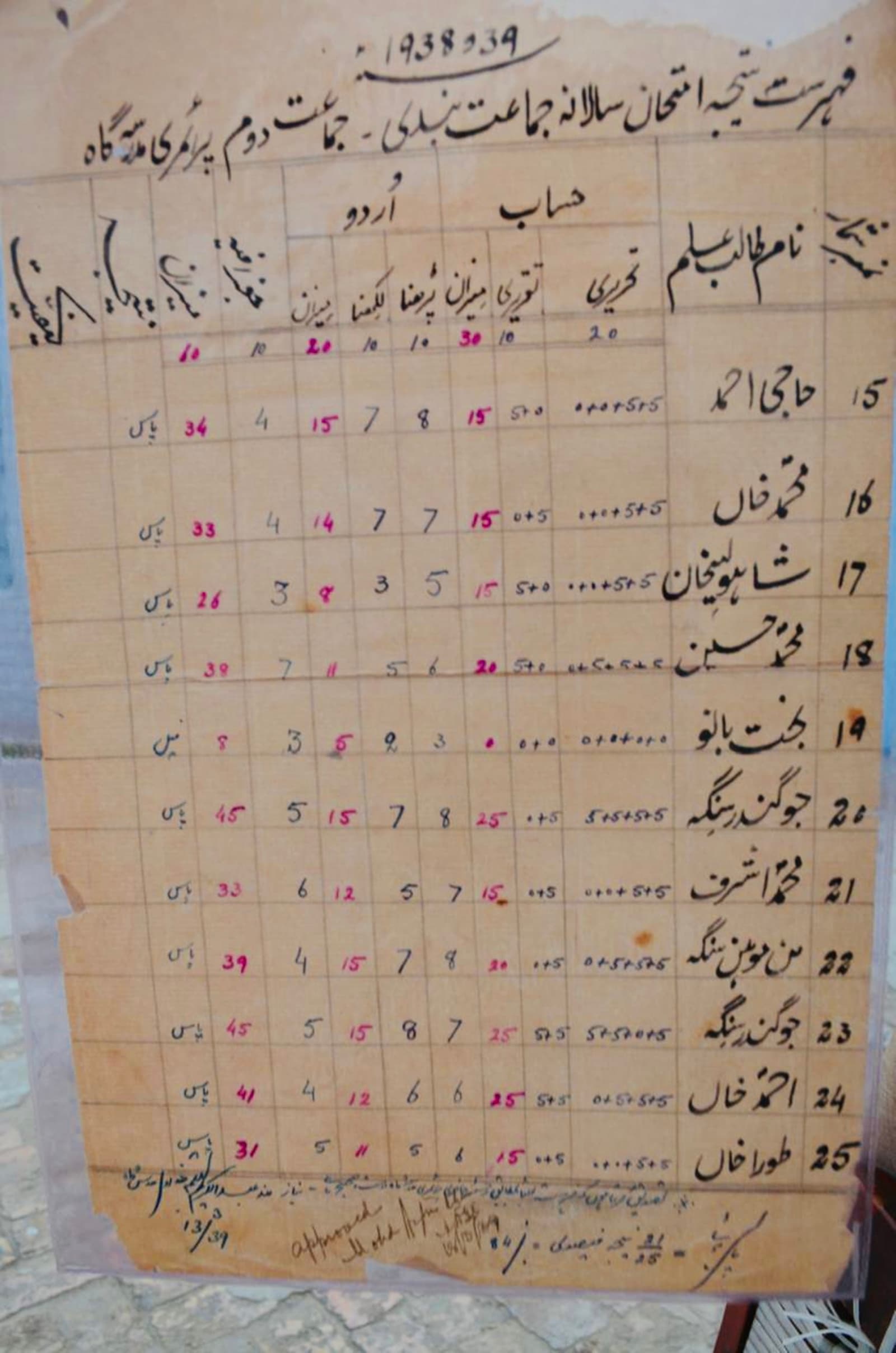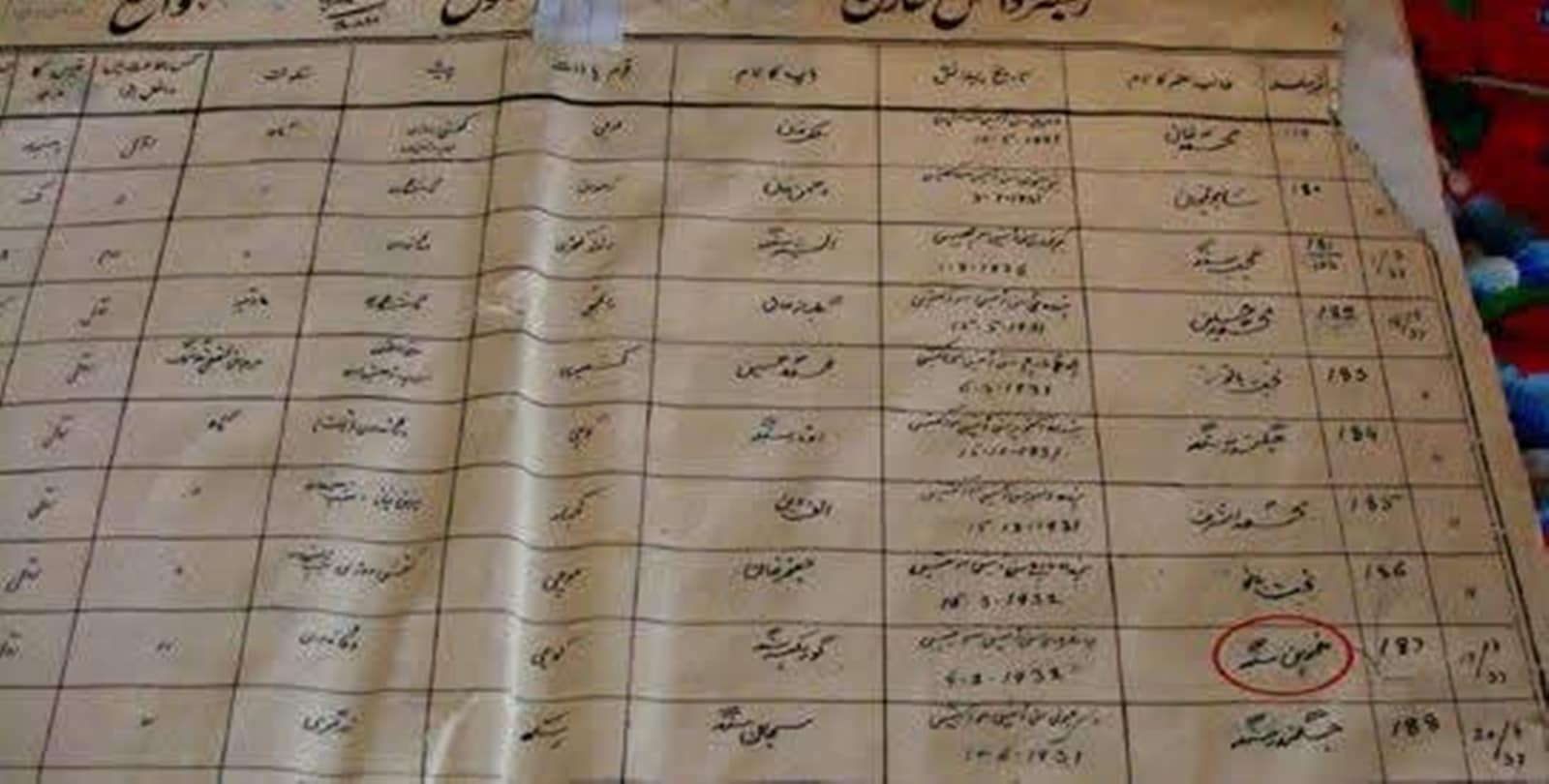On Friday, more than 600 km from where the body of Manmohan Singh lay in state, the villagers of Gah in Pakistan’s West Punjab gathered to say the last dua (prayer) for their “Dr Saab”. They met at the residence of late Raja Mohammad Ali, the one who had actually seen Singh since he, as a little child, left this village in Chakwal district over seven decades ago.
On both sides, a pain remained – that Singh could not make the much anticipated re-visit to Pakistan, especially his village Gah. However, he had offered prayers at the Kartarpur Gurdwara across the border via Corridor in 2019.

Singh said once that there were too many painful memories of Partition associated with Gah for him, above all, the brutal killing of his grandfather at Gah during the riots.
Ali, his childhood friend and primary school classmate, who travelled to Delhi in 2008 to visit his “Mohna (lovable child, in Punjabi)” while he was PM, passed away in 2010.
For Gah, though, the signs of its link to Singh are everywhere. As Ali’s nephew Aashiq Hussain said at the dua ceremony: “Had Dr Saab not been there, our village would have none of this – the two-lane road, the high school, vocational training, solar power. Poora gaaon afsos ka izhaar kar raha hai jaise koi ghar ka bada chala gaya ho (Our entire village is mourning this loss like we have lost a family elder).”
 The school at Gah village in Pakistan.
The school at Gah village in Pakistan.
Ibrar Akhtar Janjua, another local resident, said: “He did so much for us, our wish was that he visit his village at least once. But that remained unfulfilled.”
Aashiq told The Indian Express that Ali used to be full of stories about Singh, particularly how “studious” he was, a refrain that comes up regularly in conversations about the former PM. “When they met in Delhi, Dr Saab recounted to his wife (Gursharan Kaur) that while it was he who broke berries off trees by striking them with stones, my uncle would eat them all.”
Story continues below this ad
When Ali died, a letter of condolence came from the Indian High Commission, Aashiq said, along with a personal message from Singh.
 The villagers of Gah in Pakistan’s West Punjab gathered to say the last dua (prayer) for their “Dr Saab.”
The villagers of Gah in Pakistan’s West Punjab gathered to say the last dua (prayer) for their “Dr Saab.”
Born in Gah, Singh took lessons in Urdu and Punjabi at a local gurdwara before joining the local Government Primary School, where he studied till Class 4. He later studied at Khalsa School after moving to Peshawar with his father Gurmukh Singh. Following the trauma of losing his grandfather Sant Singh during the Partition riots, the family crossed over to India in 1947.
 Inside Manmohan Singh’s school where he studied till class 4 (Special Arrangement)
Inside Manmohan Singh’s school where he studied till class 4 (Special Arrangement)
His daughter Daman Singh, in her book “Strictly Personal: Manmohan and Gursharan” had recounted how Singh never really got over the pain of his grandfather’s killing during Partition riots. According to the book, when asked by his other daughter Kiki, if he ever wished to return to Gah, he gently replied, “No, not really. That is where my grandfather was killed.”
 The class-2 report card of Dr Manmohan Singh preserved at his school in Gah village of Pakistan.
The class-2 report card of Dr Manmohan Singh preserved at his school in Gah village of Pakistan.
However, during the end of his tenure as PM in 2014, he had expressed his wish to visit his birthplace in Pakistan, but only “when circumstances were appropriate”. That however, never happened.
Story continues below this ad
The Government Primary School at Gah has preserved with care the “daakhla (admission)” register with its most famous student entered in records in Urdu as: “Number 187. Father’s name: Gurmukh Singh. Caste: Kohli. Date: 17 April 1937.”
Also preserved are Singh’s marksheets and report cards, also in Urdu. The villagers show a Class 2 marksheet, dating back to 1938-39, seeing in it early signs of future academic brilliance.
 The admission register showing he was admitted in the school as student number 187
The admission register showing he was admitted in the school as student number 187
After Singh became PM, and his link to Gah became known, the local government vowed to develop it as a ‘Model Village’ on the orders of then Pakistan President Pervez Musharraf. The roads, a health centre, a vet clinic, a government high school followed, and after that solar street lights, solar-powered water heaters in village mosques, computers and furniture for the government primary school.
The solar projects were completed with the help of a team sent from across the border by the Singh government, and led by TERI.
Story continues below this ad
The Pakistan government also announced it would rename Singh’s school after him. But that didn’t happen.
 The solar power panels at the village which Manmohan Singh got installed by sending Indian technicians to his village in Pakistan. (Special Arrangement)
The solar power panels at the village which Manmohan Singh got installed by sending Indian technicians to his village in Pakistan. (Special Arrangement)
Altaf Hussain, the current head teacher at the primary school, told The Indian Express over phone that since Singh became “India’s Wazir-e-Azam”, he has remained in the prayers of the people of Gah.
“It was only due to him that even the Pakistan government gave some attention to the village… For the people of Gah, it was a big moment when we got the metalled road to Chakwal city, 30 km from here. Earlier, that alone was a big task… After Gah was declared a ‘Model Village’, a high school also came up for both boys and girls,” ssaid Altaf, adding proudly that the primary school, with 115 children on its rolls now, also has two computers now.
Unlike the school, no trace remains of the Singh family home in Gah.
Story continues below this ad
In 2004, then PM Musharraf gifted Singh a water painting of Gah village, and a marksheet from his school. Singh reciprocated with similar gifts for Musharraf a year later; Musharraf’s family had lived in a haveli in Old Delhi before Partition. “You scored better than me…,” Musharraf laughed as he looked at Singh’s scorecard.
 The lanes of Manmohan Singh’s village (Special arrangement)
The lanes of Manmohan Singh’s village (Special arrangement)
Singh’s pain was evident in the Urdu couplet he recited on receiving the gifts: “Kuchch aise bhi manzar hain tareekh ki nazron mein; lamhon ne khata ki, sadiyon ne saza paayi (There are such episodes in the gaze of history; moments commit a crime and centuries bear the punishment).”
The head teacher of Singh’s school said that for them, his death means a greater responsibility. “Even after I leave this school, I will ensure that the teacher who comes after me preserves the record of our most intelligent student,” Altaf said.



 The school at Gah village in Pakistan.
The school at Gah village in Pakistan. The villagers of Gah in Pakistan’s West Punjab gathered to say the last dua (prayer) for their “Dr Saab.”
The villagers of Gah in Pakistan’s West Punjab gathered to say the last dua (prayer) for their “Dr Saab.” Inside Manmohan Singh’s school where he studied till class 4 (Special Arrangement)
Inside Manmohan Singh’s school where he studied till class 4 (Special Arrangement) The class-2 report card of Dr Manmohan Singh preserved at his school in Gah village of Pakistan.
The class-2 report card of Dr Manmohan Singh preserved at his school in Gah village of Pakistan. The admission register showing he was admitted in the school as student number 187
The admission register showing he was admitted in the school as student number 187 The solar power panels at the village which Manmohan Singh got installed by sending Indian technicians to his village in Pakistan. (Special Arrangement)
The solar power panels at the village which Manmohan Singh got installed by sending Indian technicians to his village in Pakistan. (Special Arrangement) The lanes of Manmohan Singh’s village (Special arrangement)
The lanes of Manmohan Singh’s village (Special arrangement)





